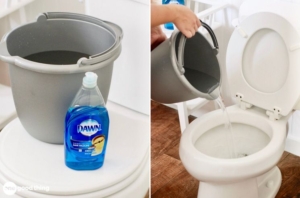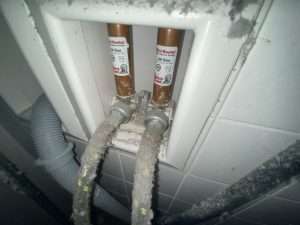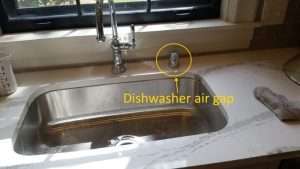Learn What and Why We Have A Sediment Trap
Sediment traps are designed to collect and hold sediment particles as they pass through the trap, protecting the equipment from participants that could damage it.
Several gas appliances in a home could use a drip leg such as water heaters and furnaces.
- Water Heaters
- Furnaces
- Boilers
- Clothes dryers
- Space Heaters
- Unit Heaters
- Fireplaces
Sediment Trap Requirements for A Gas Appliance
A drip leg is installed between the main gas line and the appliance. It should be installed according to local codes and the manufacturer’s instructions. Florida building code is here.
Florida Building Code
Where a sediment trap is not incorporated as part of the appliance, a sediment trap shall be installed downstream of the appliance shutoff valve as close to the inlet of the appliance as practical.
The sediment trap shall be either a tee fitting having a capped nipple of any length installed vertically in the bottom-most opening of the tee or other device approved as an effective sediment trap. Illuminating appliances, ranges, clothes dryers and outdoor grills need not be so equipped.
Though sediment traps are a code requirement, if you are missing it – it’s not a red flag. You could have a contractor come install one but I would just plan for adding on the next installation.
If there is a trap on your appliance then that great, maintain it as needed.
Overall ensure there are no gas leaks at the trap connections is the more critical observation for me than ensuring it’s there.
As always, if you have any questions please don’t hesitate to reach out to us. We would be happy to help clarify anything that may still be unclear.






Pingback: Steps For Draining A Water Heater (2023 Guide) - GGR Home Inspections